From Red Card To Super Sub, Top 10 Strange Cricket Rules - In Pics
Cricket, a sport steeped in tradition, boasts a plethora of intricate and sometimes surprising rules that add to its mystique. Beyond the boundaries and centuries, cricket holds a treasure trove of lesser-known regulations that may leave you in awe. In this listicle, we'll delve into 13 fascinating cricket rules that go beyond the ordinary, unveiling the hidden aspects of this beloved game.
Bail Out!
)
Cricket can be played without bails if weather conditions make it impossible to use them. This happened during a match between Afghanistan and West Indies in 2017.
No Appeal … No Wicket
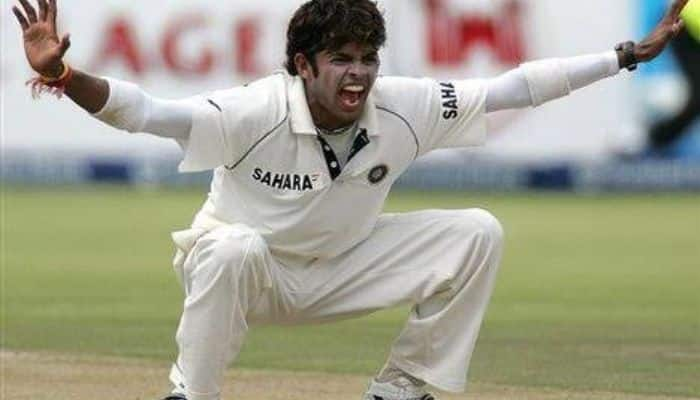
An umpire cannot declare a batsman out unless the fielding side appeals for it, even if the batsman is technically out. The appeal is typically made with the question, "How's that?"
The Lost Ball

If the ball is lost and cannot be recovered, the fielding side can declare it a 'lost ball.' Runs scored by the batsmen and any penalties are credited to the batting side.
The Spirit of the Game - Bodyline Rule
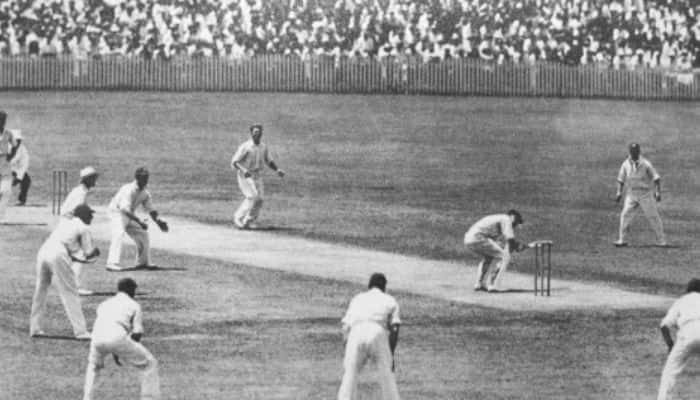
To prevent unethical tactics like Bodyline Bowling (bowling aggressively at the batsman's body), a maximum of two fielders are allowed in the Bodyline area behind square leg.
To Forfeit or Not To Forfeit
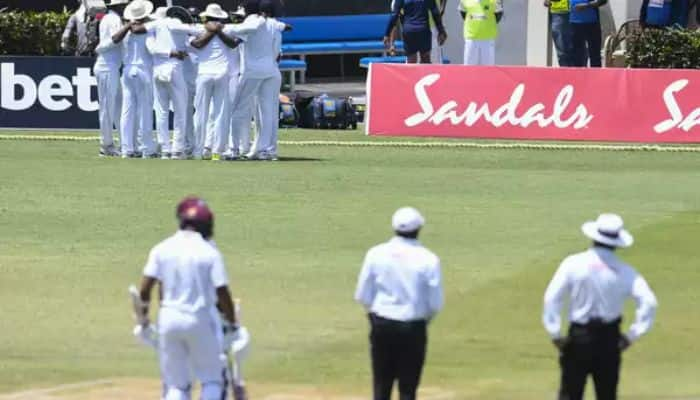
In Test cricket, a captain can forfeit an innings to achieve a result in the game, as demonstrated by South Africa's Hansie Cronje in 2000.
Hands Off!!!

If a batsman's hand or glove is not in contact with the bat when the ball hits it, they are not out. Stuart Broad's over in a match between England and Sri Lanka showcased this rule.
Time Gentlemen Please

A batsman can be given out 'Timed Out' if they take more than three minutes to be ready to face the next delivery or be at the other end.
Stumped … Or Maybe Not
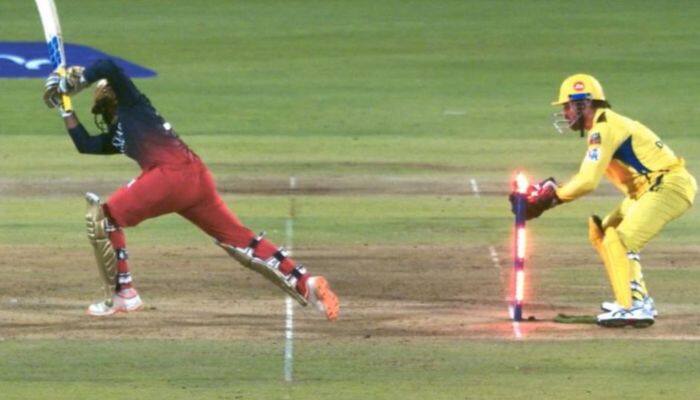
If the wicketkeeper stumps a batsman by collecting the ball in front of the stumps, it's not out, and the delivery is called a no-ball.
Aerial Stoppage
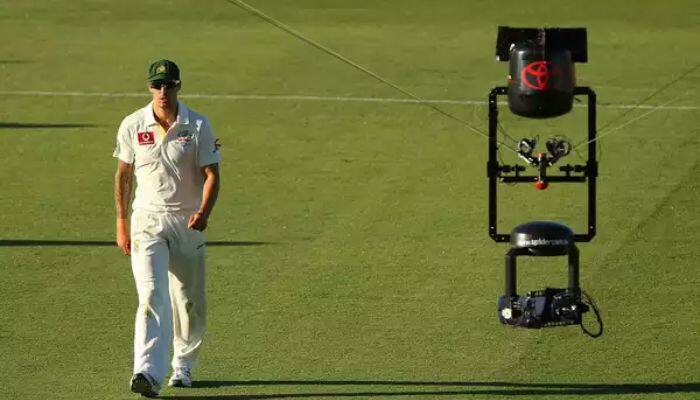
If a ball hits an obstruction like the spider cam or the roof, it's considered a dead ball. This rule has been enforced in matches like when Michael Hussey hit the roof in Melbourne.
The Mankad
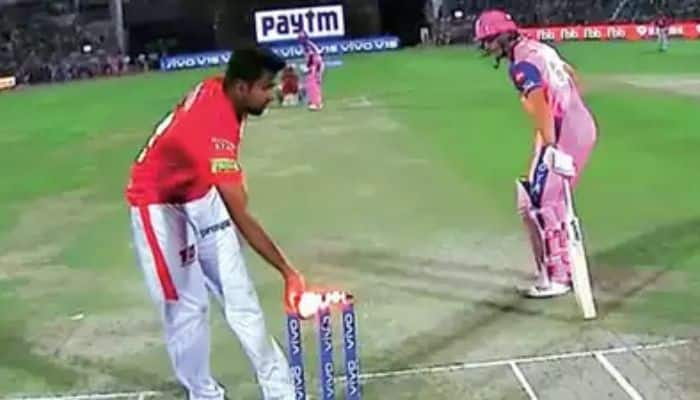
The bowler can run out the non-striking batsman if they leave the crease before the ball is delivered. This is known as 'Mankading,' and it's a polarizing rule in cricket.
Cap That
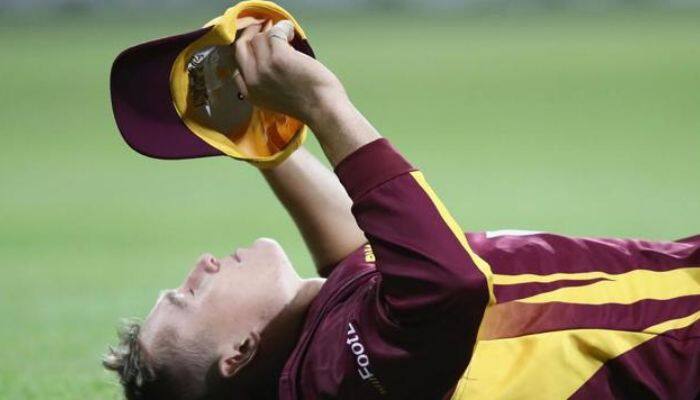
The ball cannot touch a fielder's cap or clothes before being caught; it must go directly into their hands. If it touches one fielder's clothes and is caught by another, it's still not out.
Red Card Rule

In recent times, cricket has introduced the concept of a 'Red Card.' If the fielding team is behind the overrate then Umpire will have the right to send one player off the field before the 20th over starts
Super Sub Rule
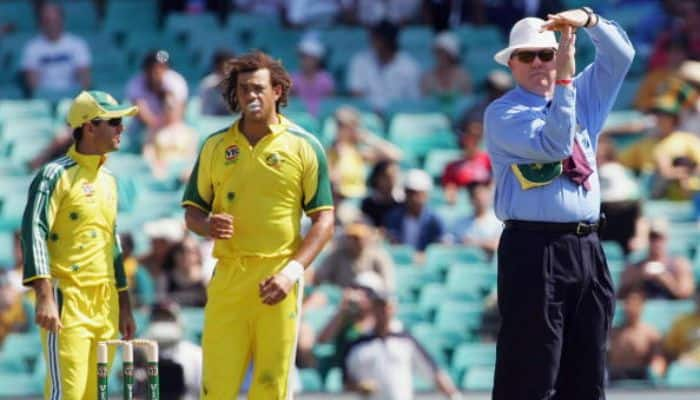
The 'Super Sub' rule allows teams to substitute a player during a limited-overs match. This player can be either a batsman or a bowler, adding an element of strategy to the game. Introduced in 2005, this rule added an exciting twist to the format.
Trending Photos








